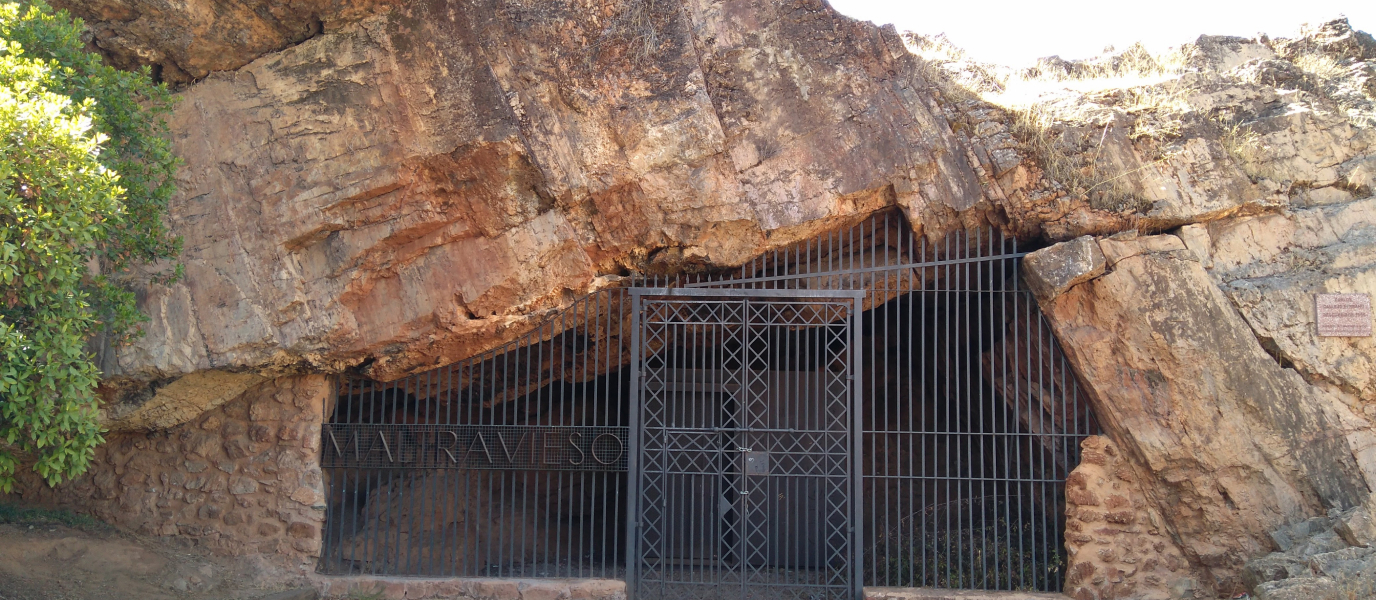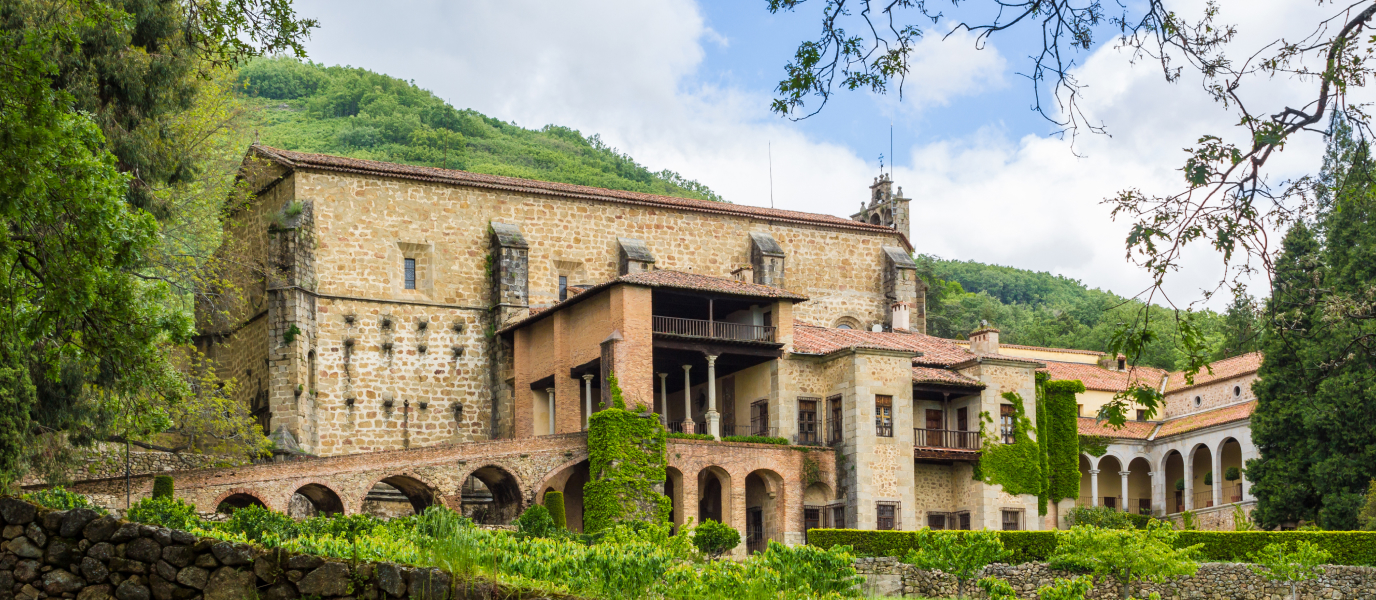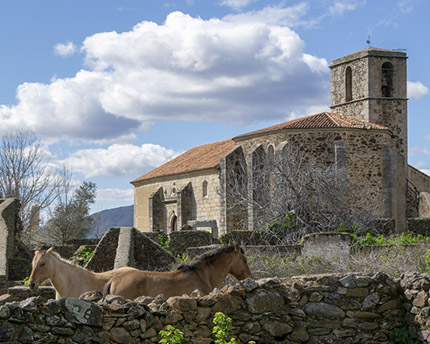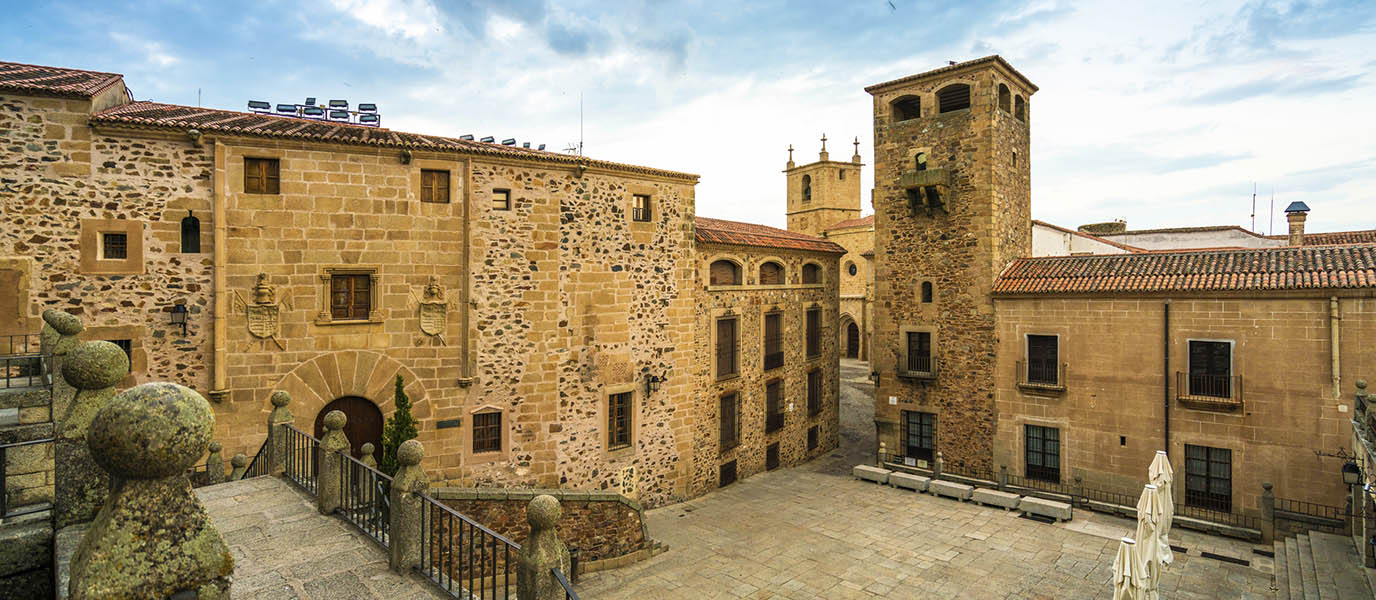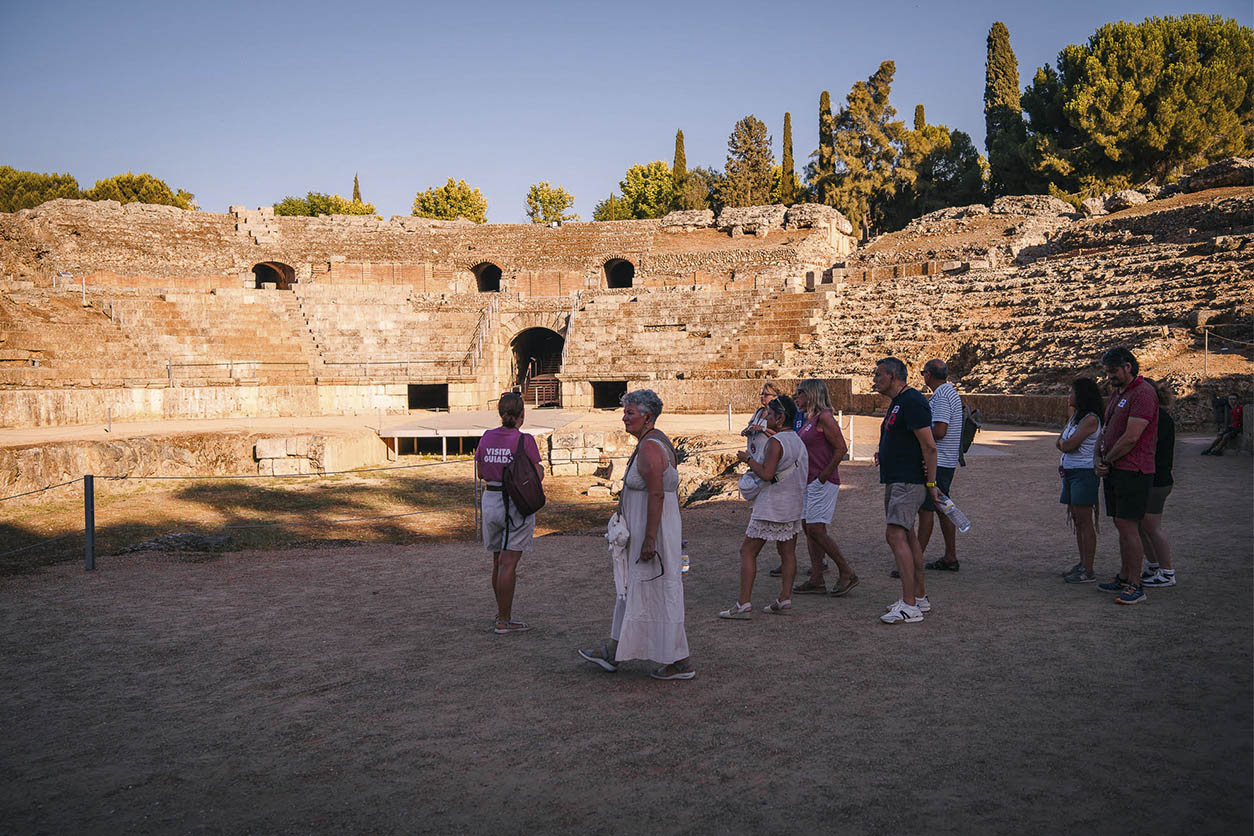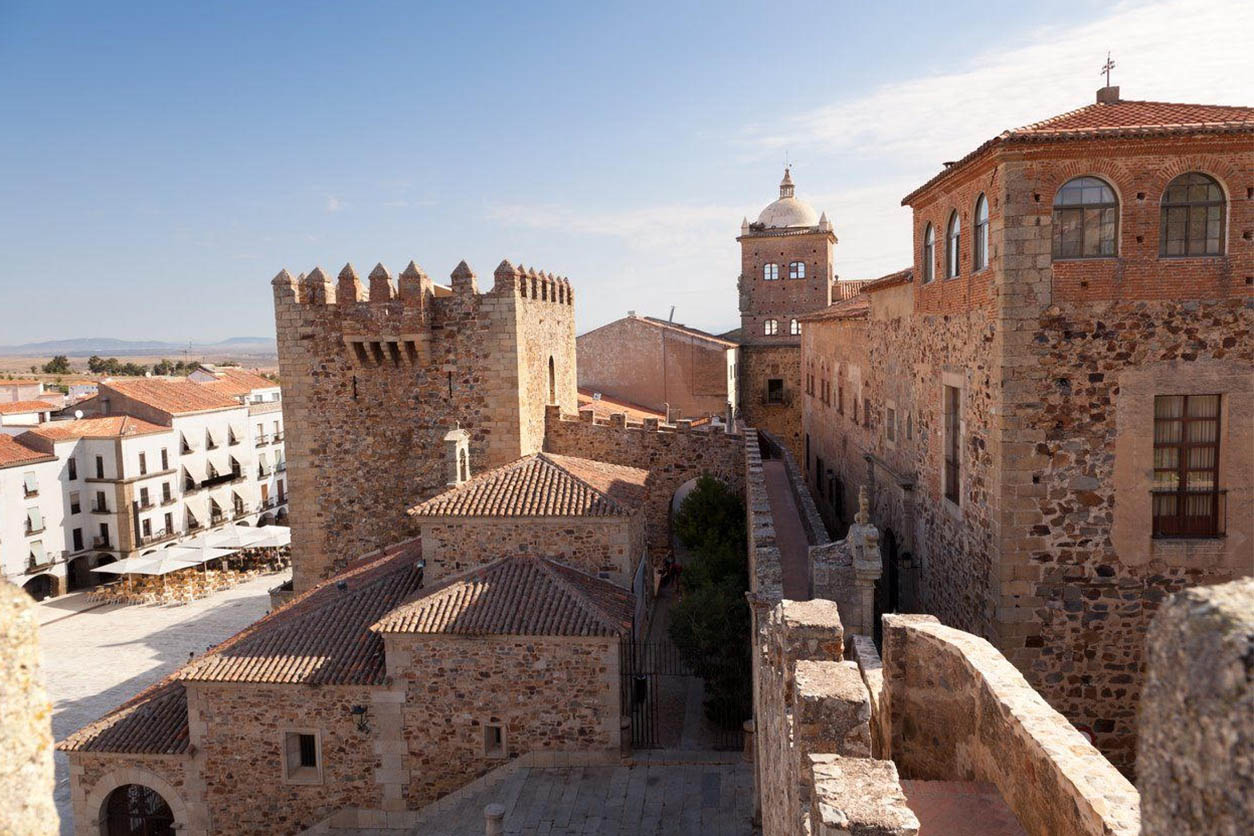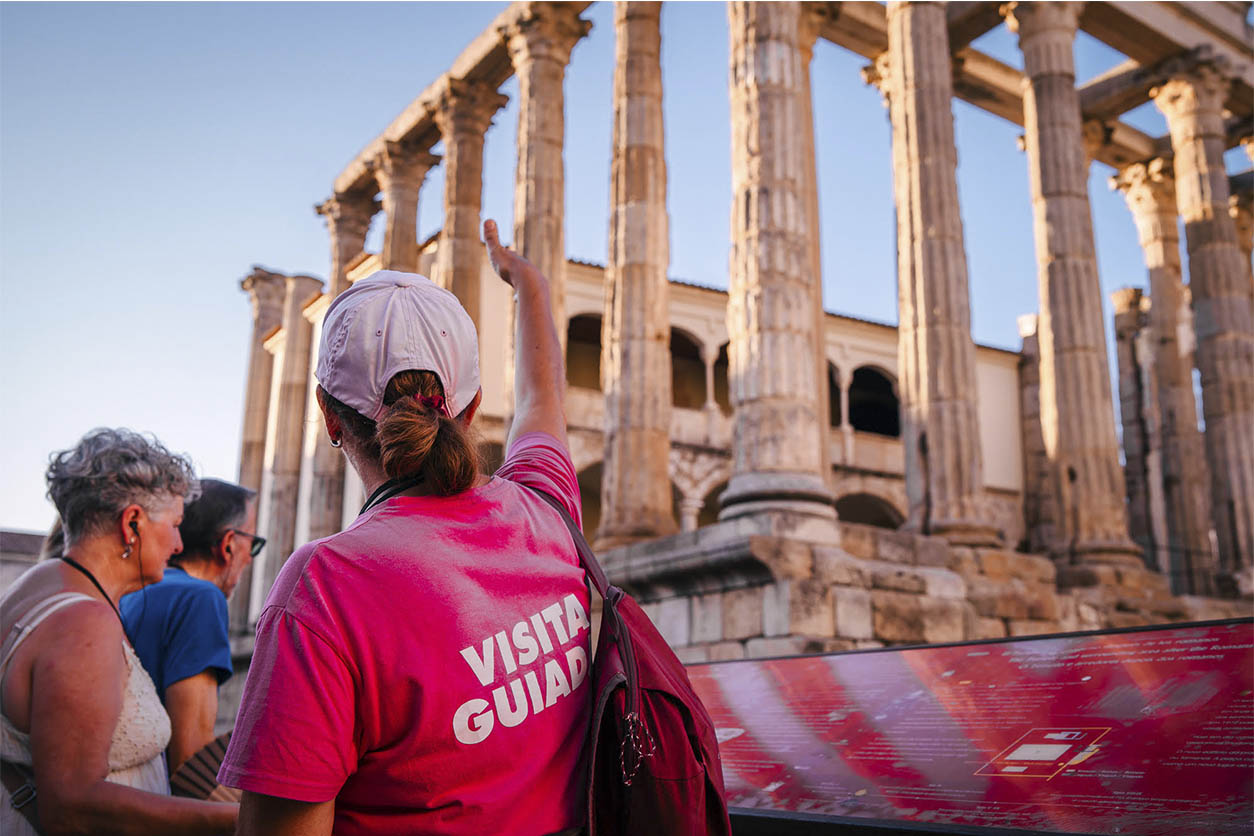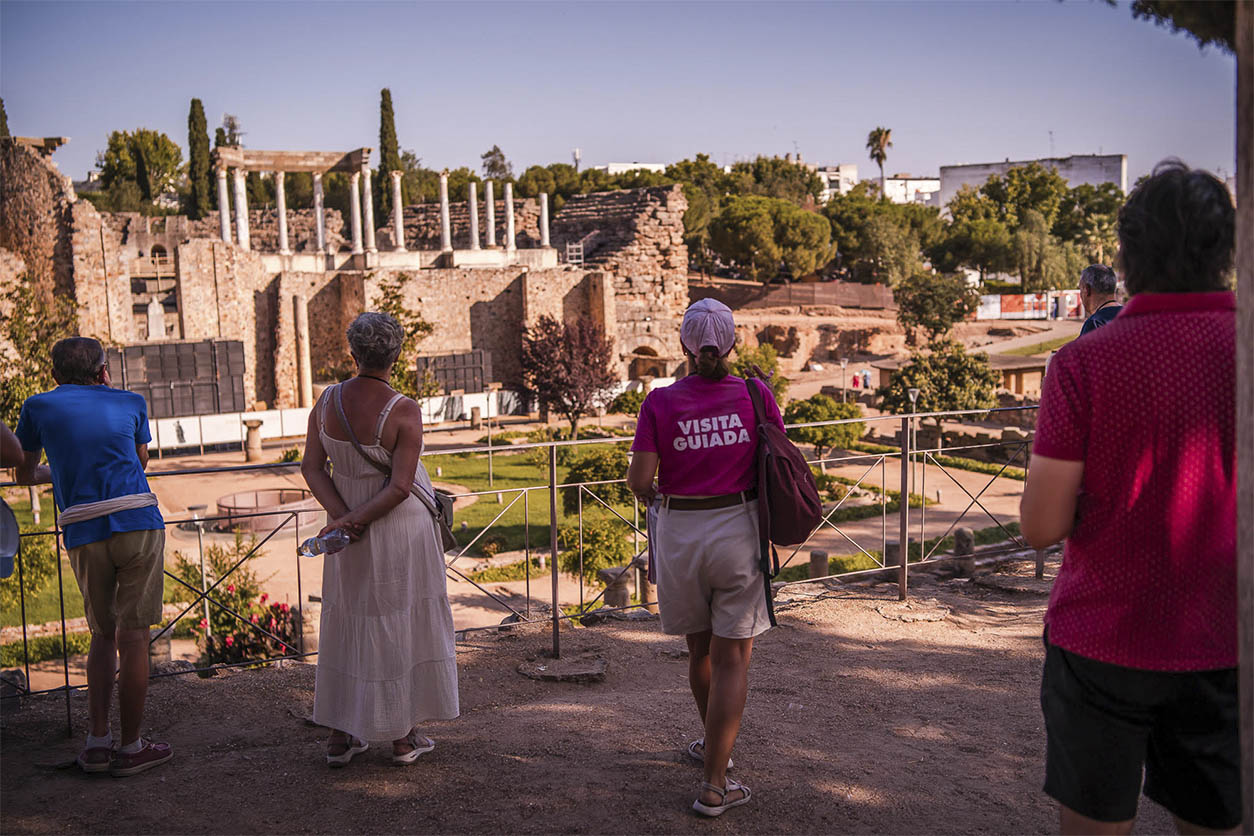The Avenida de Cervantes, a road on the southern side of Cáceres, is not one of the city’s most interesting sites. However, if you do decide to venture down this road, you will come to one of the most unique sites in Cáceres and possibly even Spain. The Cave of Maltravieso is a prehistoric site located within the city of Cáceres. Inhabited tens of thousands of years ago, it is one of the most important sites for prehistoric art in Extremadura.
The Cave of Maltravieso, an unexpected find
The area to the south of Cáceres called Calerizo is remarkably rich in limestone deposits. In 1951, workers were extracting limestone in an area known then as the Maltravieso way, when an explosion resulted in the discovery of a hitherto unknown cave. When the workers entered the cave, they discovered remains of ceramics, and both human and animal bones.
The discovery of skulls in the cave drew the attention of the local press and, although limestone extraction continued in the area and destroyed much of the material believed to have been in the cave, many local academics became fascinated with the cave and began research to unravel its secrets. One such academic was the Catalan Carlos Callejo Serrano, who is credited with discovering the incredible Palaeolithic cave paintings that make this cave so famous.
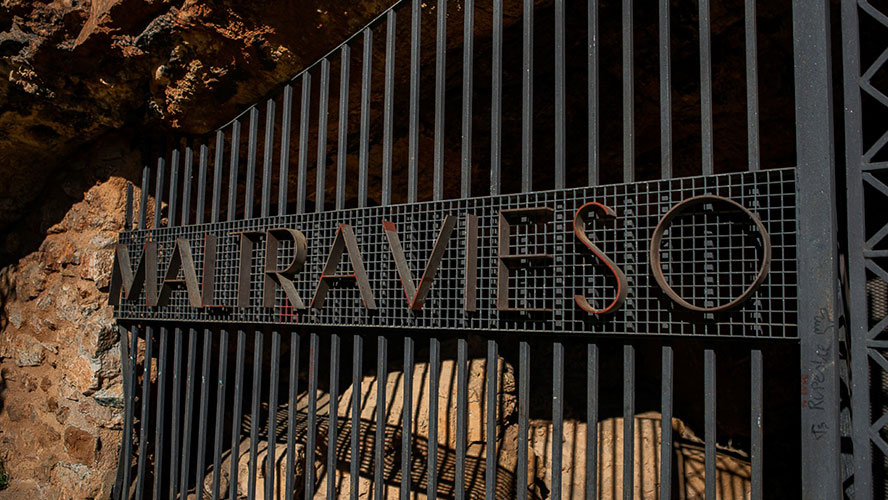
Cave paintings in Extremadura: the hands of Maltravieso
The most impressive image any visitor takes away from the Cave of Maltravieso is that of dozens of hands reaching out to them from tens of thousands of years ago. Red pigment surrounds more than seventy hand stencils, some of which are missing their little fingers (ritual self-mutilation has been discarded as a theory). Just as in other similar sites, such as the famous Cave of Hands in Argentina, experts still disagree about the meaning of these paintings but, nevertheless, they remain one of the most important discoveries of cave paintings in Extremadura.
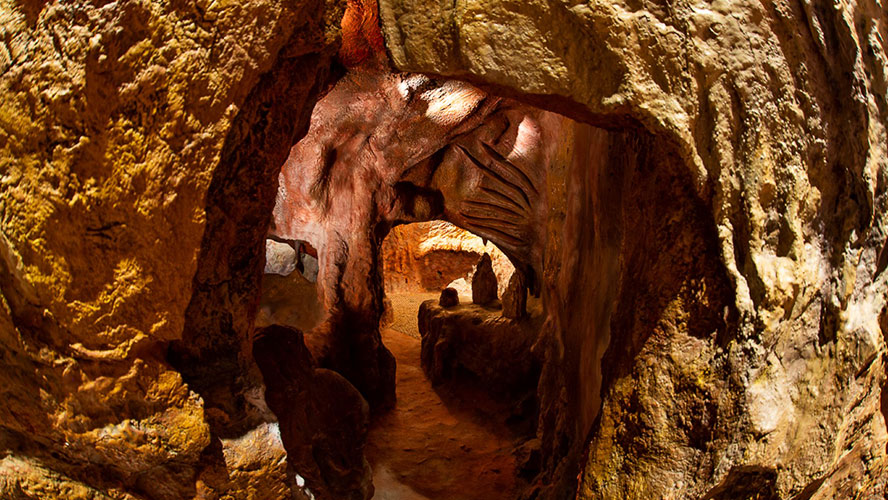
An ancient shelter
As is always the case when an archaeological site is discovered, one of the main questions asked by experts is ‘How old is it?’ Establishing a chronology for a site is not an easy task, especially when it comes to prehistoric sites, and original estimates suggested the paintings were between 15 and 20 thousand years old.
However, thanks to recent developments in the use of uranium-thorium to date rocks, it is now known that the oldest paintings date from around 66,000 years ago. This is no trivial conclusion, either. There is no other evidence of homo sapiens on the peninsula at that time, so these paintings were likely made by Neanderthals, making them some of the oldest cave paintings in the world.
It seems that human activity in the cave goes back even further than the time of the cave paintings, too. Excavations by local archaeologists have uncovered evidence of human occupation in the Cave of Maltravieso dating back as far as 350,000 years ago.
How to visit the Cave of Maltravieso
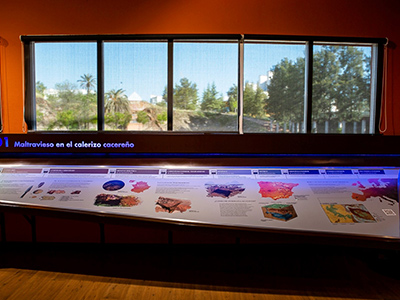
In 1999, the Cave of Maltravieso Interpretation Centre (Centro de Interpretación de la Cueva de Maltravieso) was opened next to the cave in an attempt to preserve the important but delicate findings within. This centre contains a permanent exhibition that explains the history of the cave and gives updates on the continuing research dedicated to unravelling clues about the people who lived there.
Until 2019 the cave was closed to the public, however since then the council of Extremadura has offered a strict opening timetable so that people can see the wonders of these paintings themselves. Visiting times and dates are published periodically on the official website for the Interpretation Centre. Once you have filled in a request form, you will receive an email confirming your visiting time.
Visits are always made in groups of a maximum of four people, accompanied by two guides from the Council of Culture, Tourism and Sport. These visits last about an hour and, due to the local council’s ‘experimental’ approach to allowing visitors access to the cave, they cannot be repeated. This means that each person is only allowed to visit the cave once, until further notice.




































































